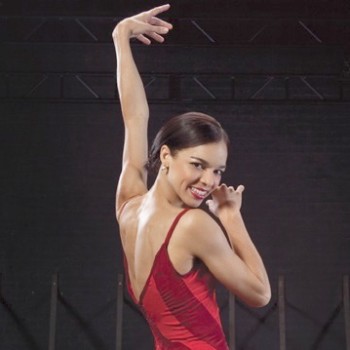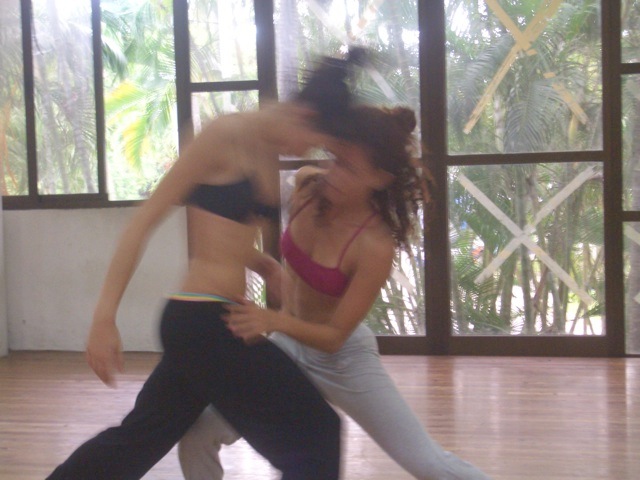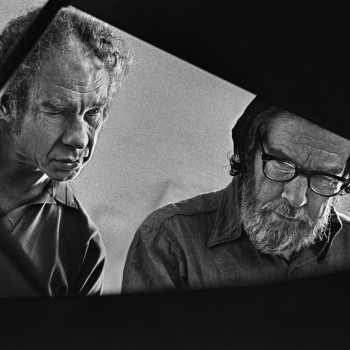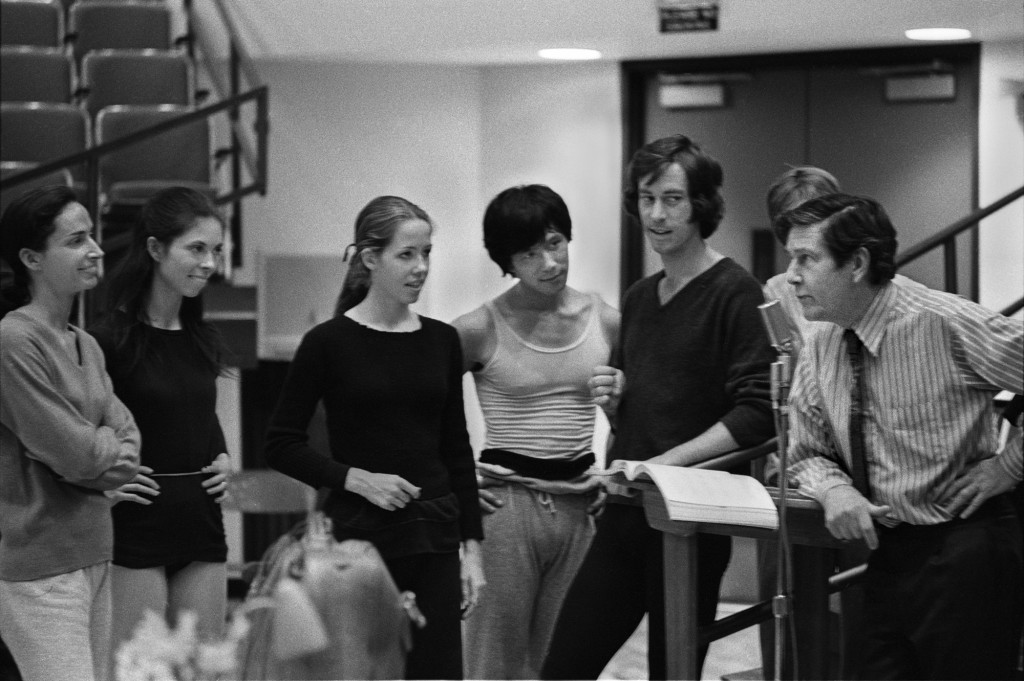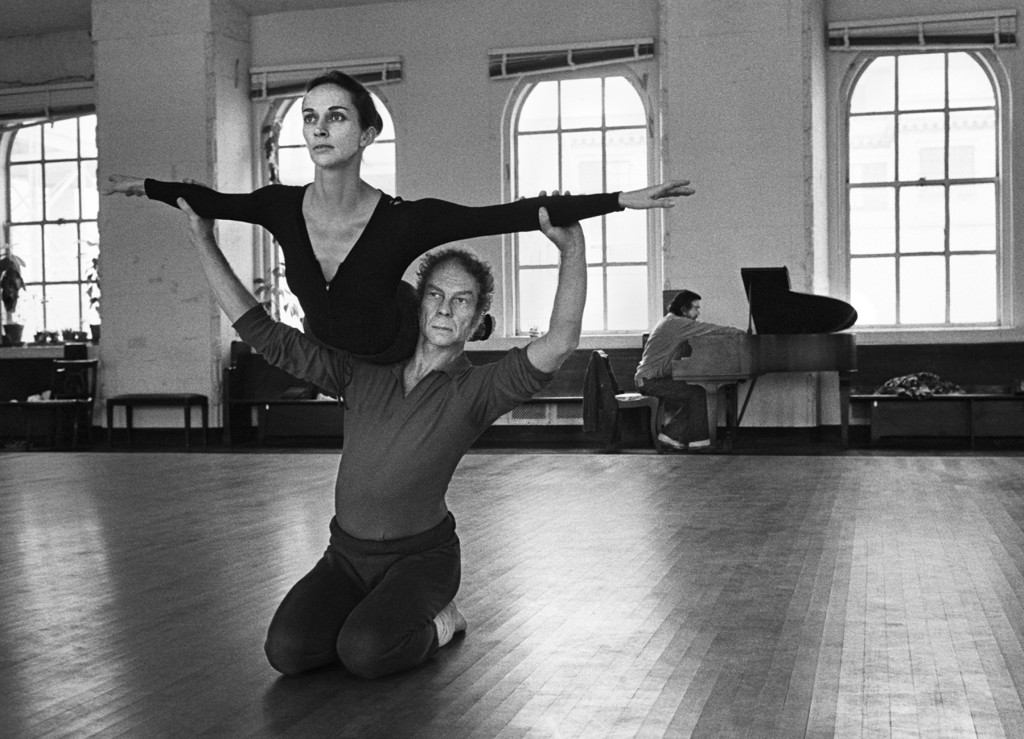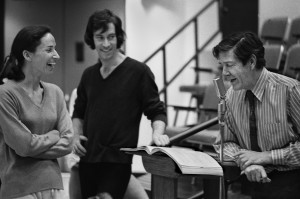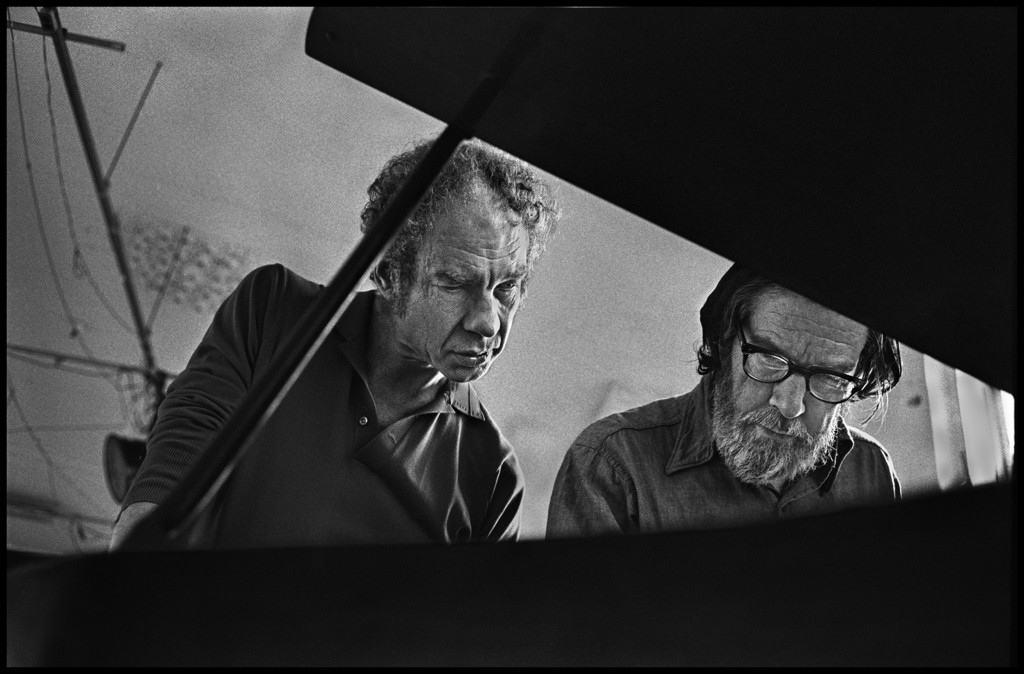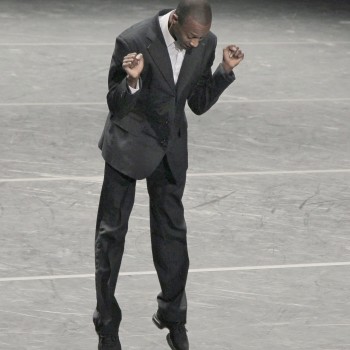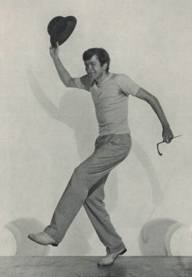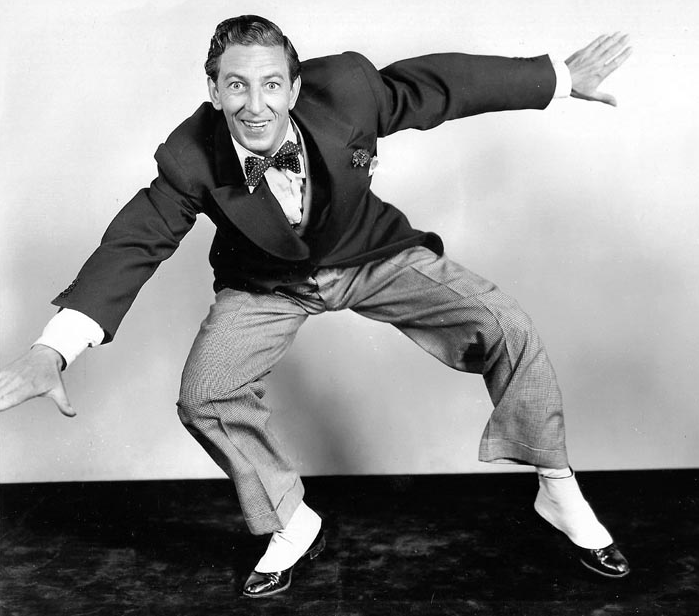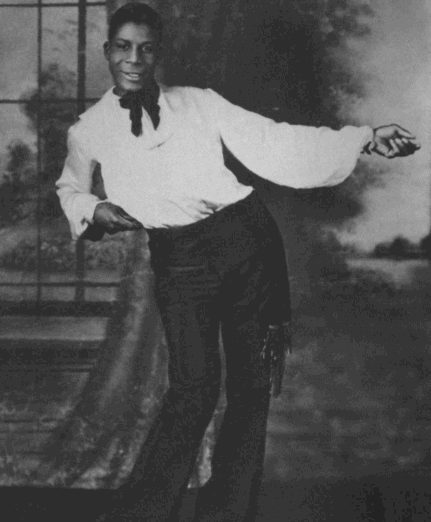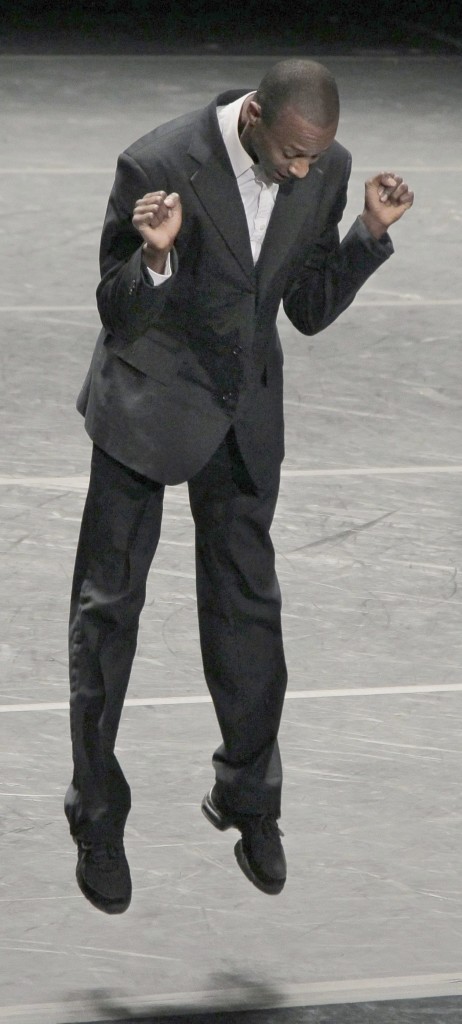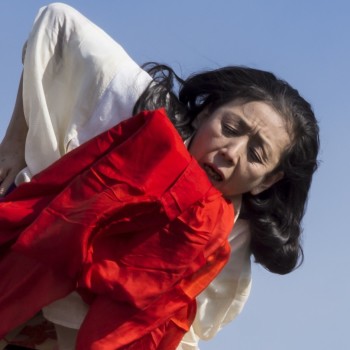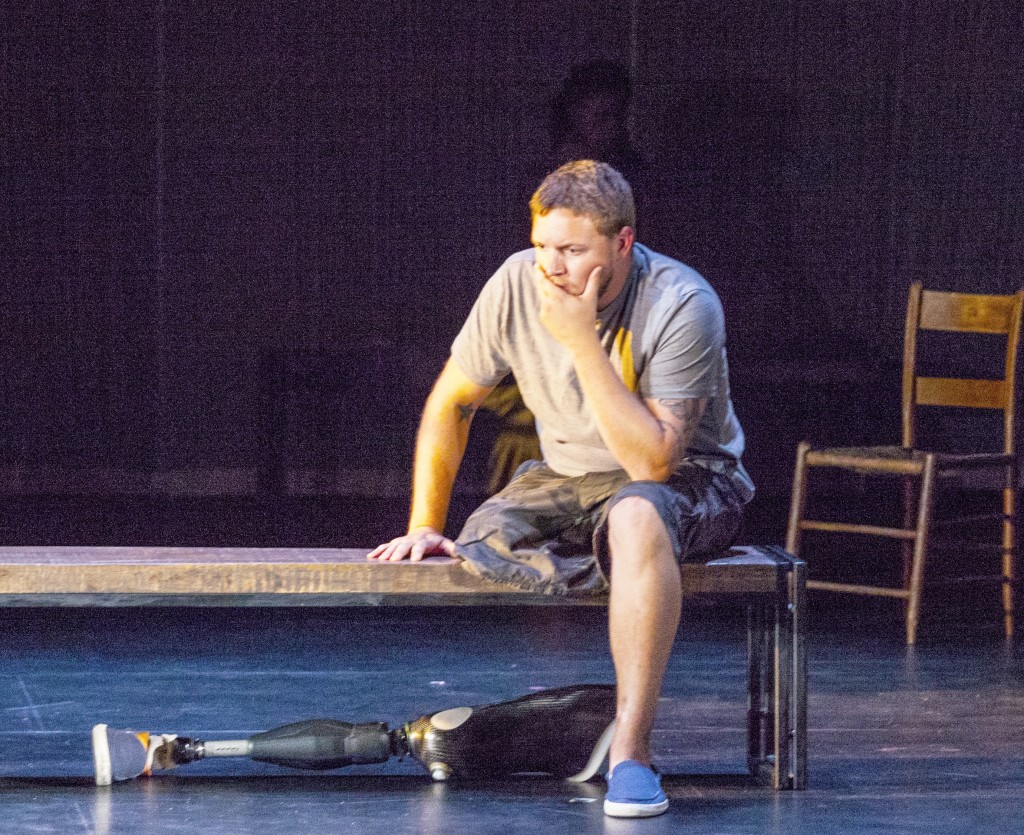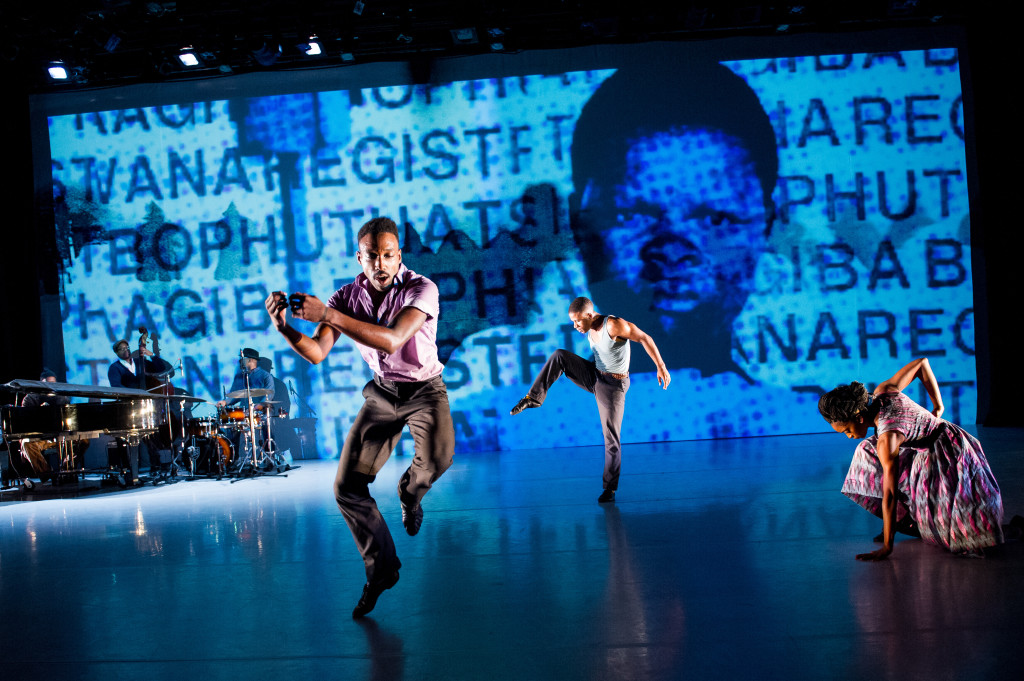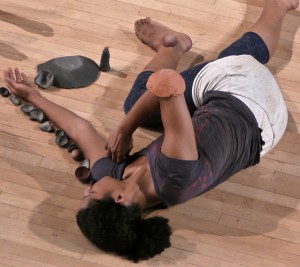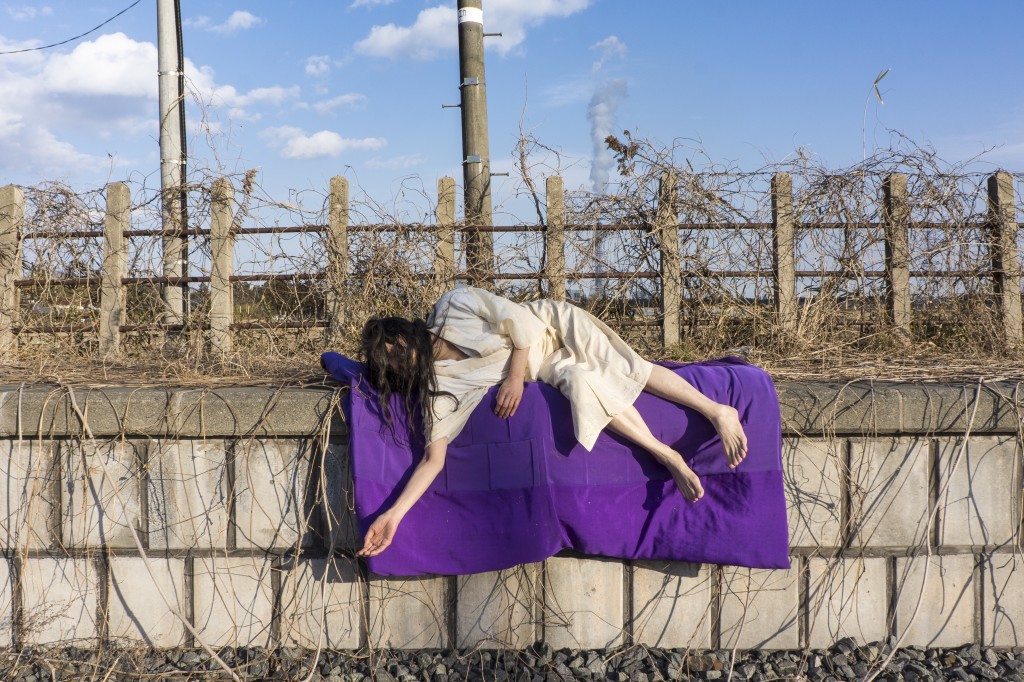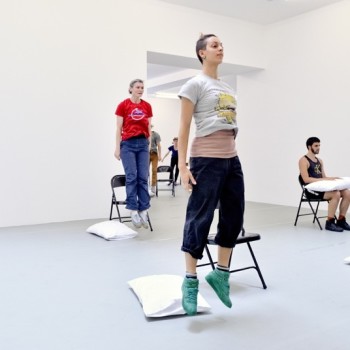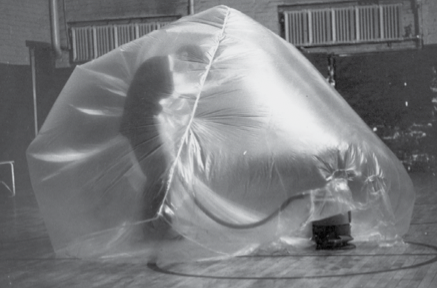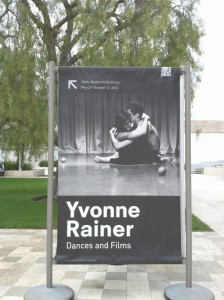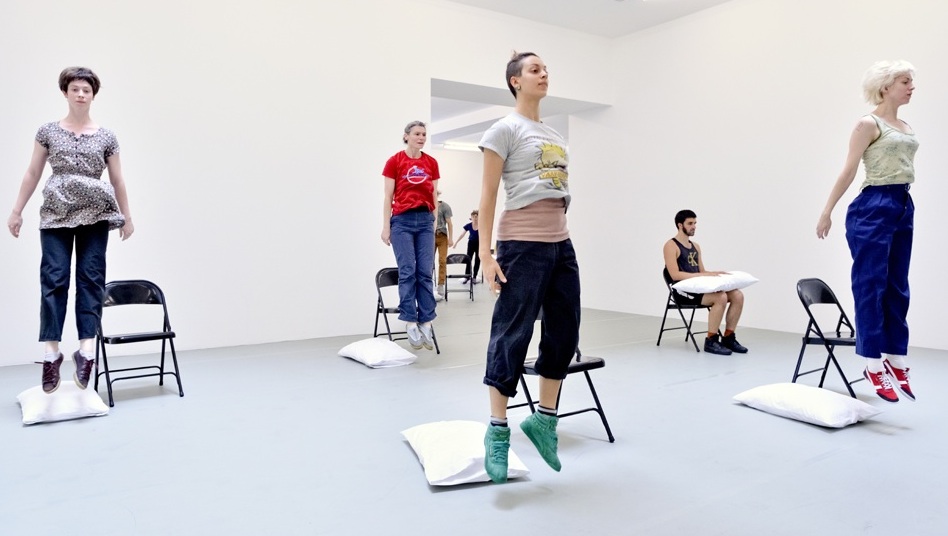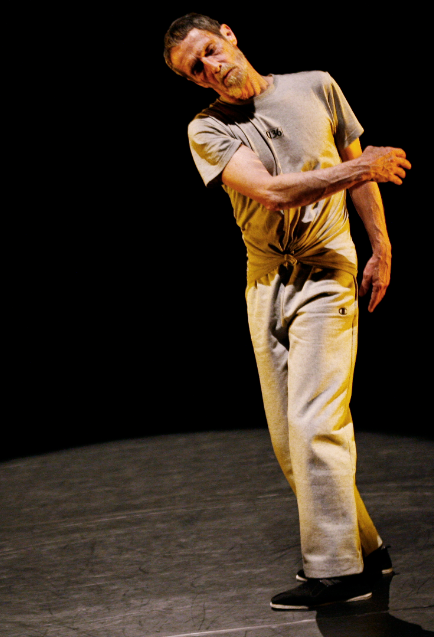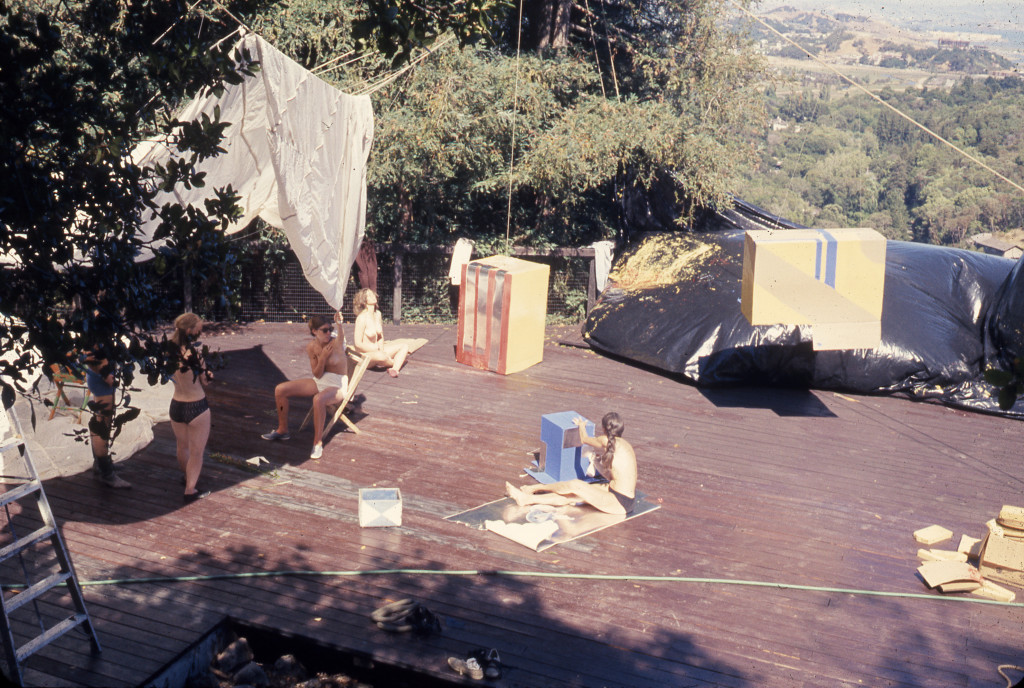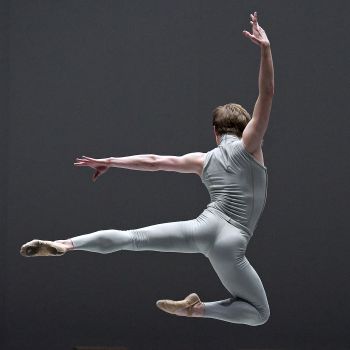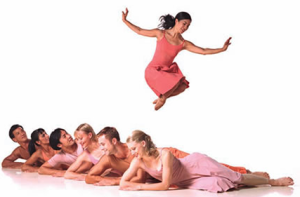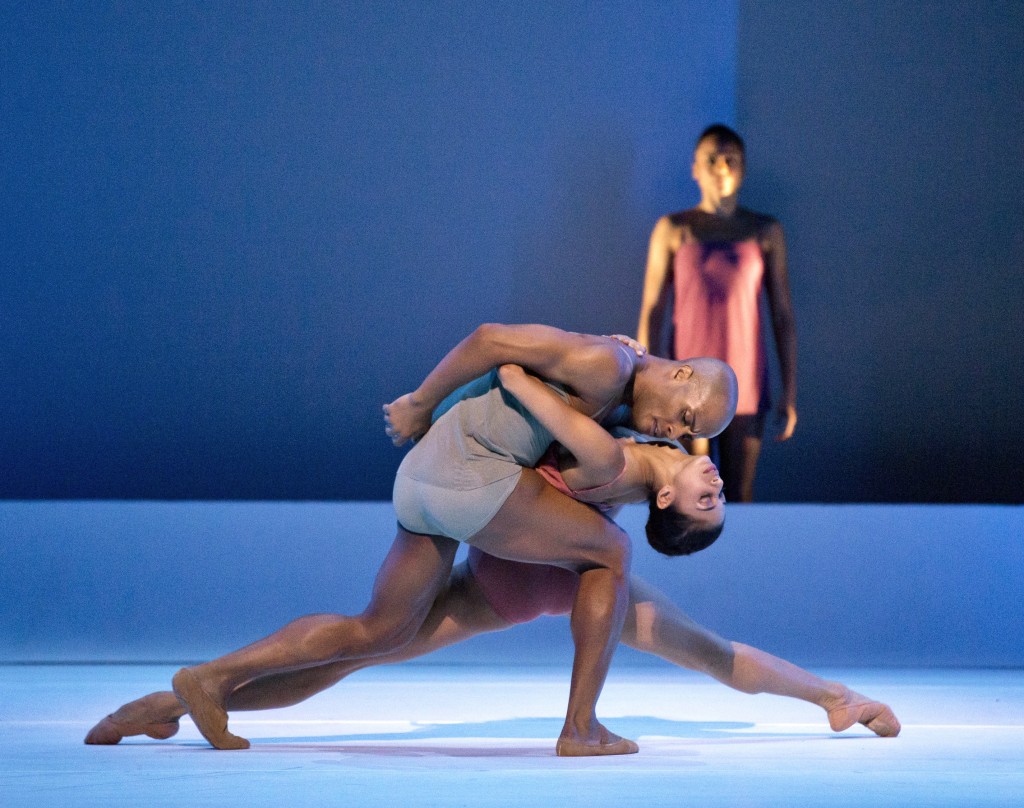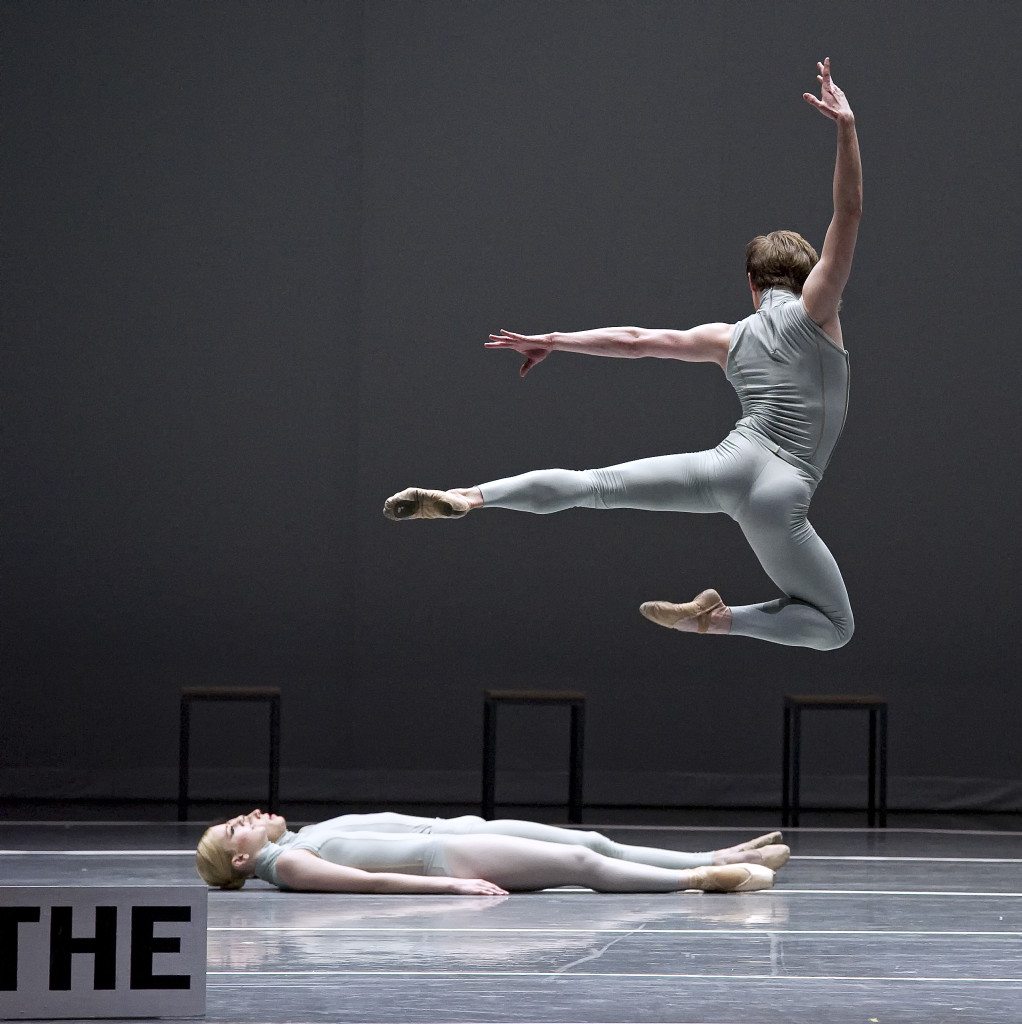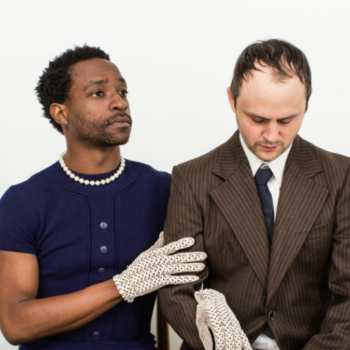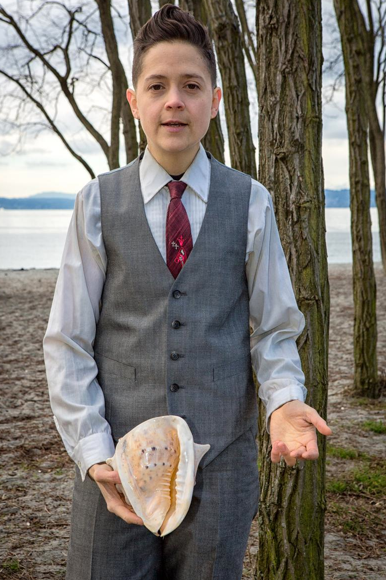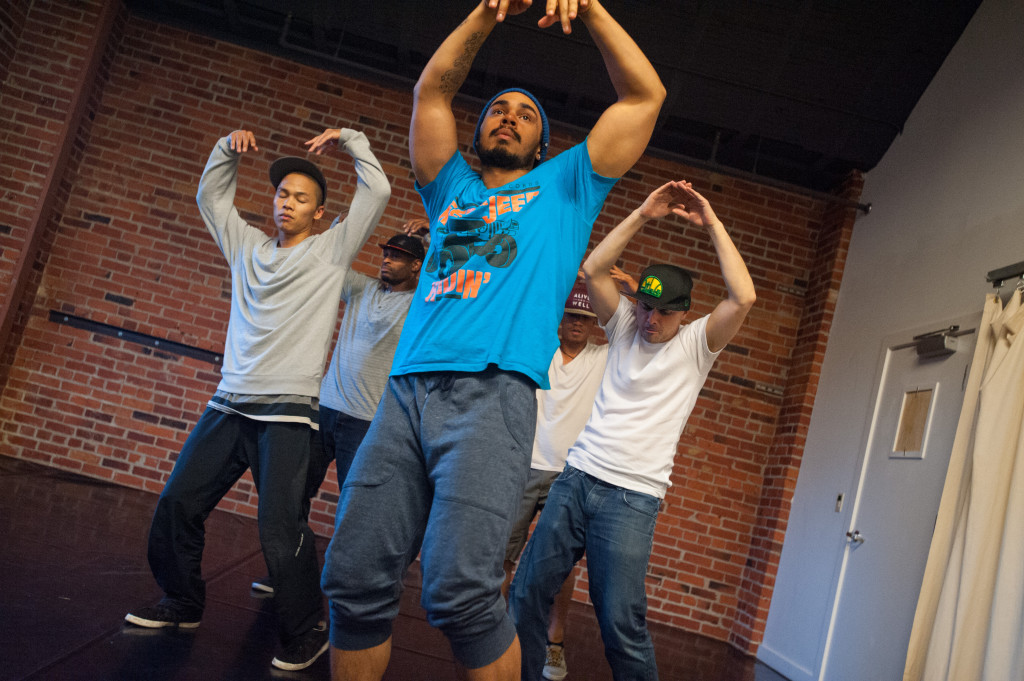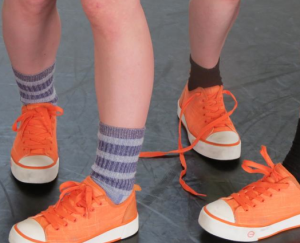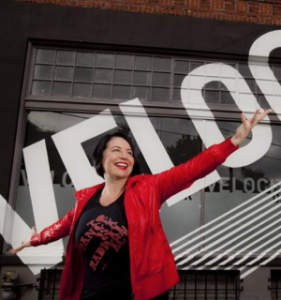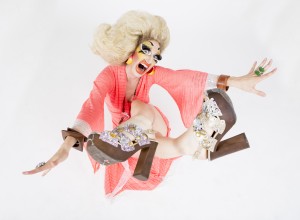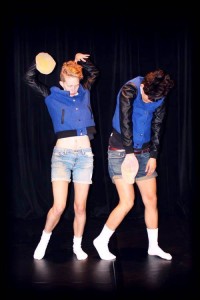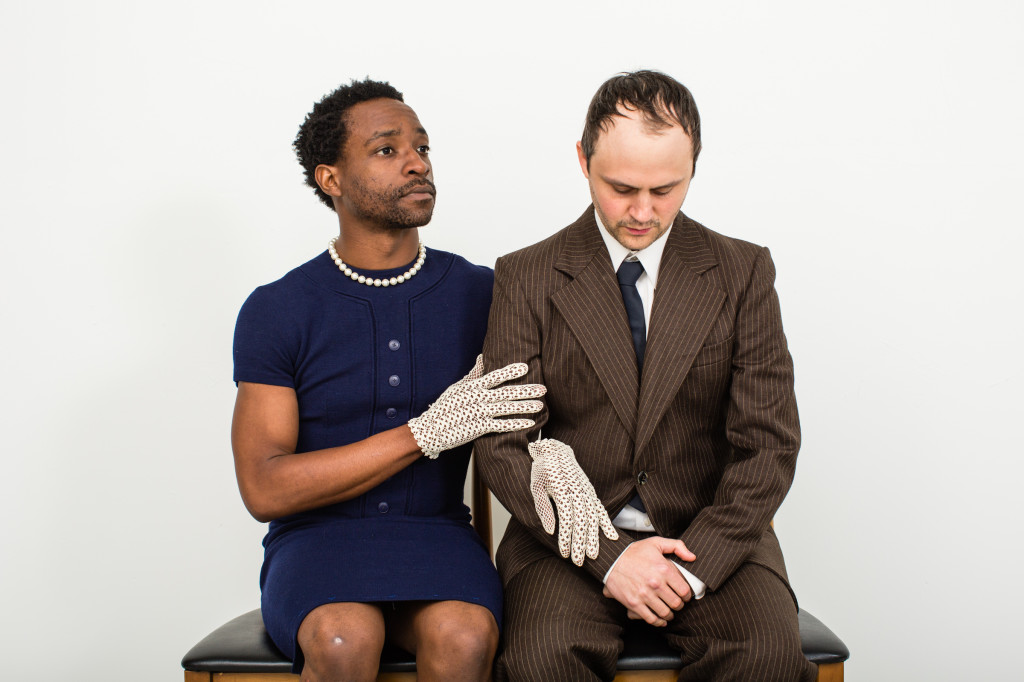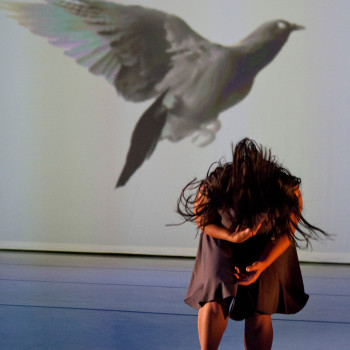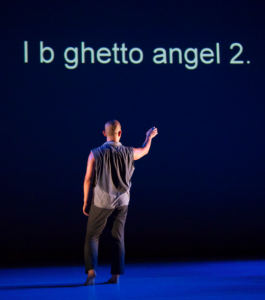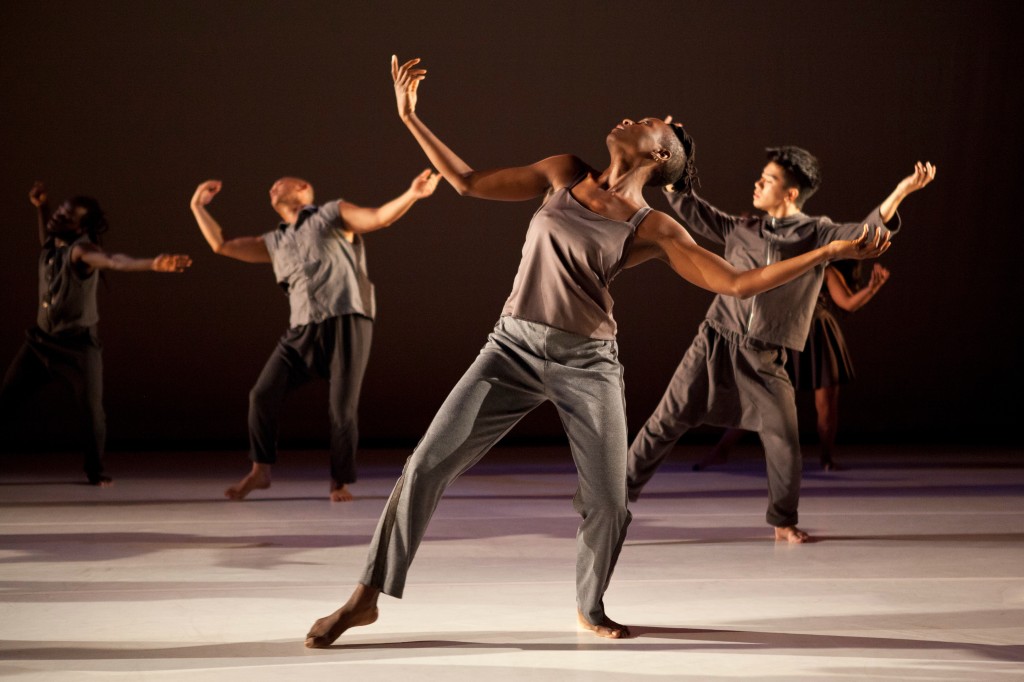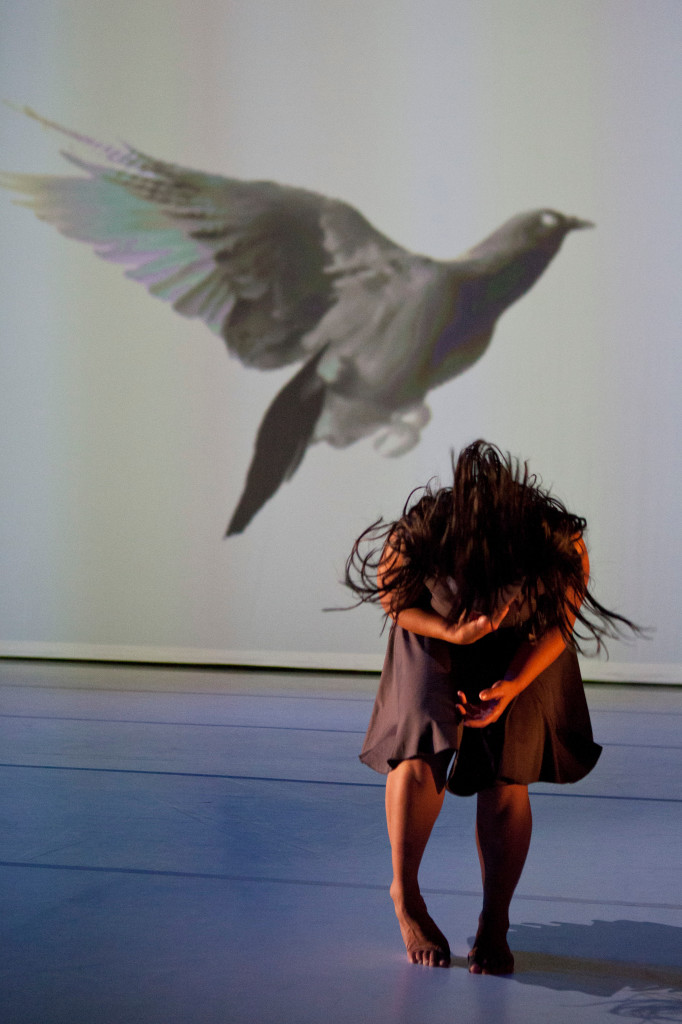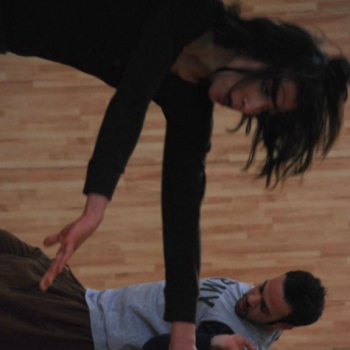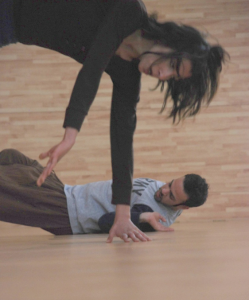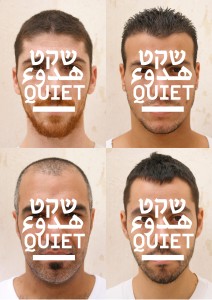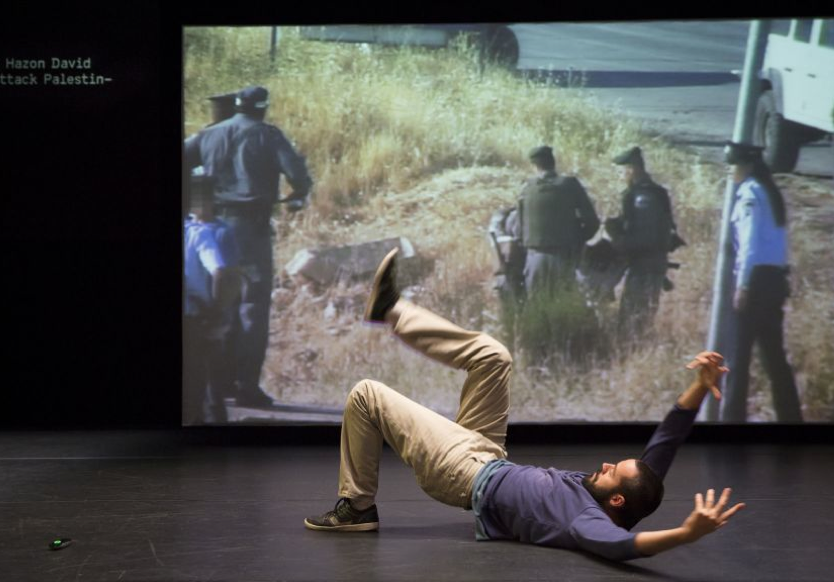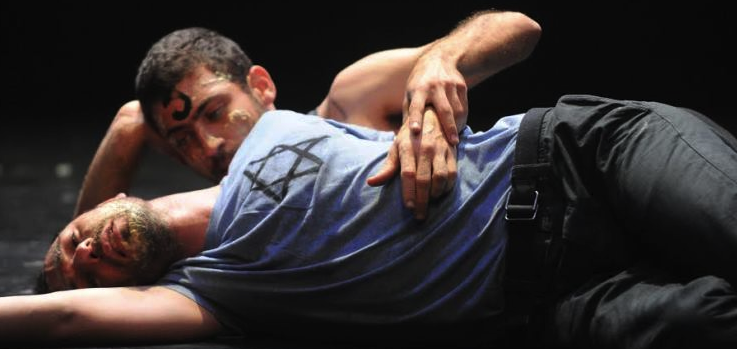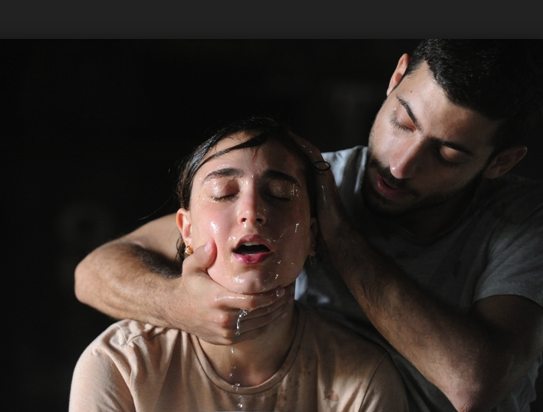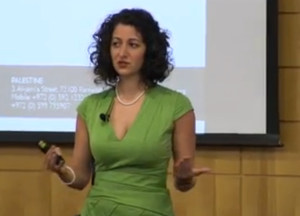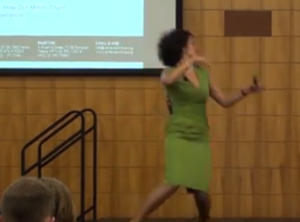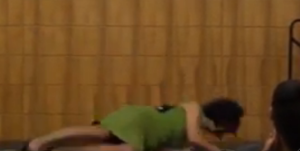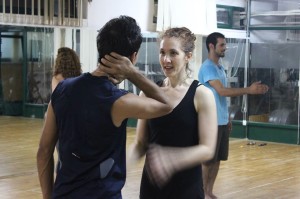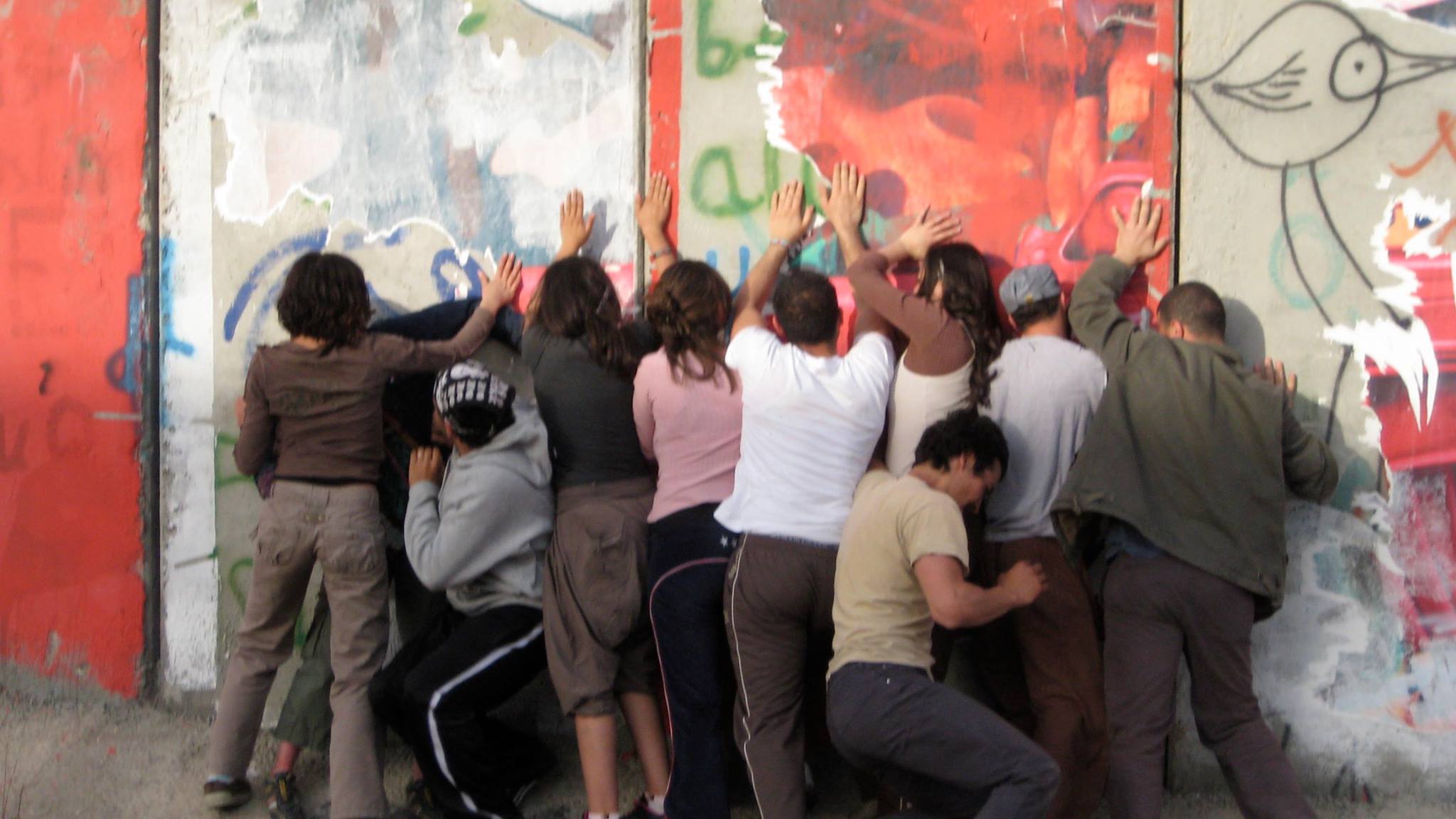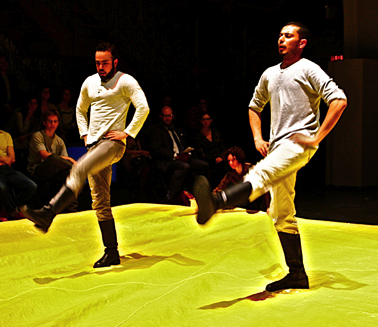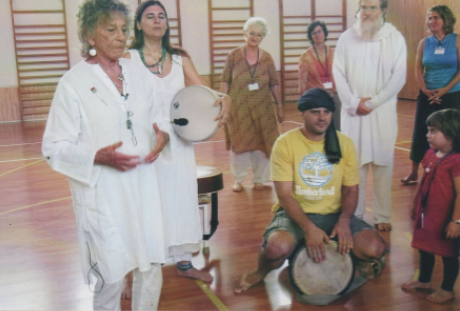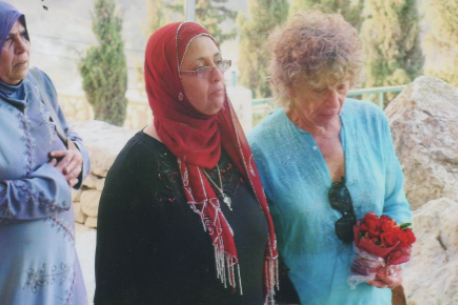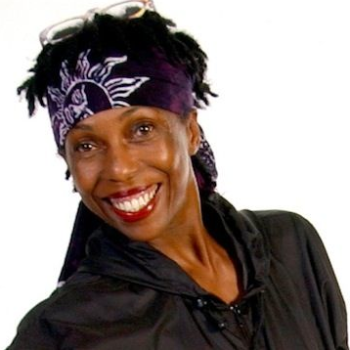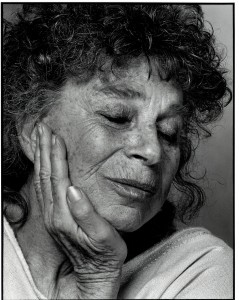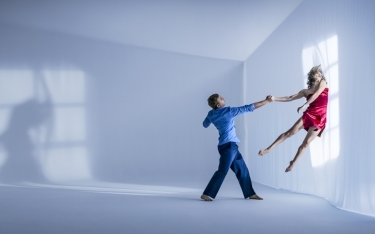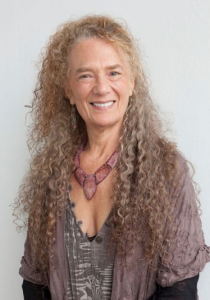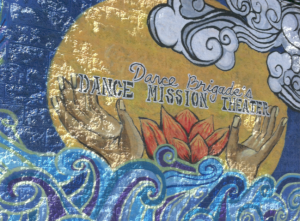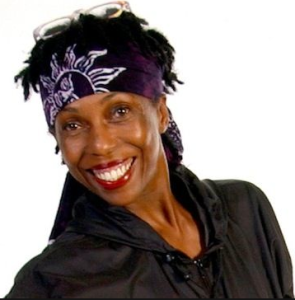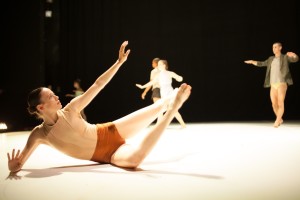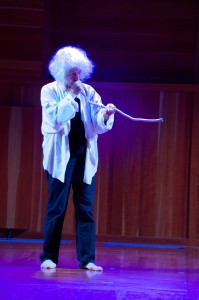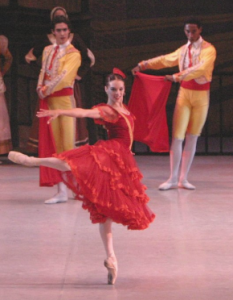
Ballet Nacional de Cuba in Don Q, with Viengsay Valdes, courtesy Valdes
Great news for the dance world! Obama just announced that the United States will resume friendly relations with Cuba. As Rachel Maddow pointed out, Cuba is good at producing ballet dancers, baseball players and…spies. This last of these professions is what led up to the exchange of political prisoners that made yesterday’s terrific news possible.
We will now set up an embassy in Havana and they will have one here. It will take longer for the embargo to disappear, but we’re on the right track.
There are many reasons that the U.S. should open up to our island neighbor just 90 miles off our shores, and music and dance are at the top of the list. Singing and dancing are so much part of their daily lives that theor professional performances are infused with a sense of ease and warmth, and shot through with sheer energy.
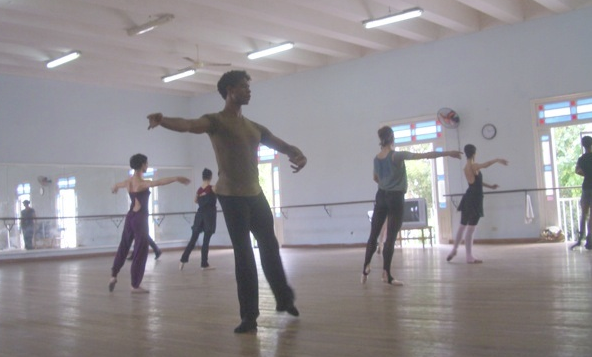
Carlos Acosta in class at BNC for international visitors. All photos by me in 2010 unless otherwise noted.
I was enchanted with the Ballet Nacional de Cuba (BNC) when I first went there in 2006 for the International Ballet Festival of Havana. The halls of the theaters were dimly lit during intermission, but the dancers lit up the stage and put everyone in a party mood. When the Cuban audience really likes something—which is often—they clap and cheer along.

Osipova & Vasiliev, 2006, photo by Margaret Willis
I realized that BNC is loved all over the world and that it was only the U.S. that had bad relations with the country. (Our 53-year embargo was unilateral, meaning no other country penalized them in this way.) I met colleagues from Canada, England, Sweden, Italy, Argentina, and of course Russia while I was there. That’s where I first saw Natalia Osipova and Ivan Vasiliev (they were teenagers then), and Mats Ek and Ana Laguna. And of course, I met the legendary Alicia Alonso and her ex-husband, the late Fernando Alonso, who was responsible for dance education throughout the island.
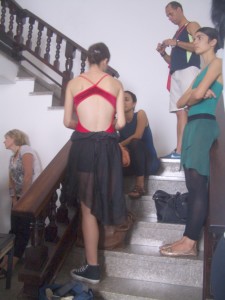
Stairwell of National Ballet School, Havana
Later, in 2010, American Ballet Theatre, along with a posse of supporters, performed in the Havana festival, and Kevn McKenzie taught a class at the National Ballet School. That year, a small group of NYC Ballet dancers also had a great success.
These are fruitful exchanges—and necessary for the artistic growth of BNC. Although the Cuban training is excellent, the taste in choreography tends to be, shall we say, behind the times. The reason for so many defections, beside the poverty, is that the dancers rarely get to perform new works. Alicia Alonso, who is the force behind the strict training, choreographs ballets that look like they are from the ’50s—the same vintage as the cars in Havana’s streets.
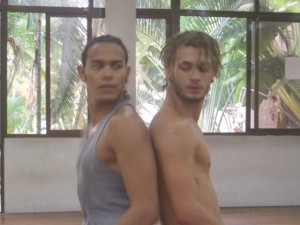
At Danza Contemporanea studio
Interestingly, contemporary dance in Cuba, though less heralded and less supported by the government, is more artistically sophisticated. I saw the fabulously gritty/sexy Danza Contemporanea de Cuba in their studio. The drummers ignited passionate dancing and each dancer had individual flair. When they brought a program to the Joyce in 2011, though, their rep wasn’t as exciting as I knew it could be. But this brought up interesting issues, so I posed this question: How do you keep cultural identity without falling into clichés?
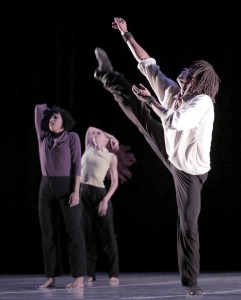
Osniel Delgado with Malpaso, photo by Roberto Leon
Osnel Delgado, a terrific wildman of a dancer who emerged from Danza Contemporanea, is bringing his own company, Malpaso Dance Company to the Joyce in March and Jacob’s Pillow in August. My guess is that both Danza Contemporanea and Malpaso will be upping their number of touring weeks.
Big thanks to Obama for ending a ridiculously one-sided policy of squashing a small country’s economy—but not their spirit. I’m excited, as are various key people on social media (see below) to witness the cultural exchanges that blossom because of this. Many Cuban defectors have been enriching ballet companies around the world with passionate, technically adept dancing—not to mention superhuman turns and balances. (Click here to read Alicia Alonso’s statement on defectors.) And now our dance artists can give back to Cuba.
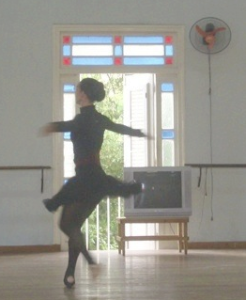
Viengsay Valdes rehearsing Swan Lake in BNC studio. Homepage photo of Valdes by Matthew Karas.
All photos by me in 2010 unless otherwise indicated.
This new detente is a wish come true for Viengsay Valdes, the superb dancer who is now the prima of BNC. At the end of this feature story on her, she says it would be fantastic if the White House opens up cultural exchanges. But she also admitted in a later issue that she is well aware that the Cuban company is behind the times. Wouldn’t it be wonderful if the opening of relations also opens up the choreographic possibilities for BNC?
Here are some quick reactions to my question on Twitter and Facebook, What good dance news do you think will come of opening of relations with #Cuba?
Eduardo Vilaro, artistic director, Ballet Hispanico: “Loving Obama’s bold move. Excited by the possibilities.”
Robert Johnson, dance writer: “American ballet students will travel there to study. More artistic exchanges.”
Lourdes Lopez, artistic director, Miami City Ballet: “so excited to see more Cuban talent here and share artistic experiences.”
Judith Sanchez Ruiz, dancer/choreographer based in Berlin, former member of Trisha Brown Dance Company: “A big DAY for CUBA and US. Thank you Mr. President. It has been a long way but finally is over. Let’s meet in (mi Habana)….It is such an incredible news for Cubans all over the world….- it is the right thing to do…. “NO ES FACIL”. Just Obama could have done something like this. Incredible!!!!”
Jordan Levin, arts critic, Miami Herald: “More of cult xchange that brot us MalPaso & growth in Cuban dance world.”
Cynthia Bond: “I took US class w/AfroCuba de Mantanzas in 90s: more pls!”
Toba Leah Singer, author of Fernando Alonso: Father of Cuban Dance: “This is the biggest Cuban victory since the defeat of the CIA-engineered Bay of Pigs invasion, during which time Fernando offered to send the dancers back from their tour of Eastern Europe to participate in defending the island against the Yanqui attacks. He reasoned that they had great stamina and would make excellent marksmen. Fidel thanked him, but rejected the offer, saying, “Let them dance. It’s what they do best, and dance is also important in defending the Revolution.”
Featured Uncategorized Leave a comment
